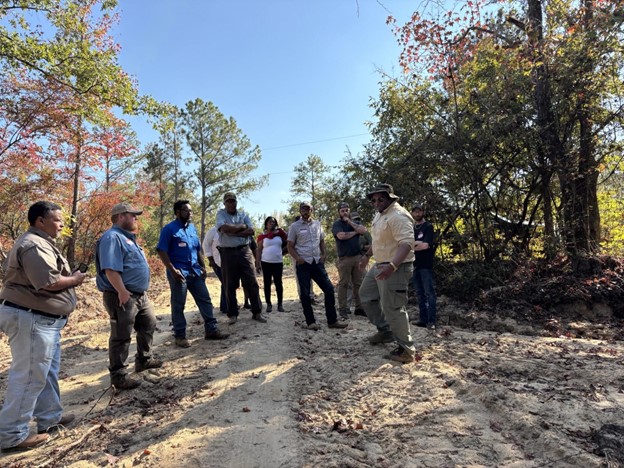We have much more to do and your continued support is needed now more than ever.
Climate Change Costs U.S. Big Time
As NWF has highlighted recently, climate change is turbo-charging our weather and causing increasingly catastrophic thunderstorms, floods, and wildfires. Behind the headlines of these extreme weather events are the real costs to families and communities as they face the financial burden of losing their homes and property in these storms.
Dr. Amanda Staudt is the lead author of the National Wildlife Federation’s series of scientific reports on how the climate crisis is fueling extreme weather.
Today, the insurance giant Munich Re releaseda comprehensive review that puts a number on the costs of the United States’ 2011 year of extreme weather. In total, insured losses in the U.S. totaled $35.9 billion in 2011. This is $12 billion above the 2000 to 2010 average loss of $23.8 billion. Below are some of the report’s other highlights.
You can view the entire Munich Re presentation here.

- In 2011 thunderstorm loses led to insured losses exceeding $25 billion. This is more than double the previous record. It was also the deadliest thunderstorm season in over 75 years.
Extreme Wildfires
- 2011 was the worst wildfire year on record in Texas due to persistent drought.
- In spring 2011, over 3 million acres burned in west Texas from 12 major fires with over 200 homes and businesses destroyed, $50 million insured loss.
- In September 2011, the Bastrop County Complex Fire near San Antonio destroyed over 1,600 homes causing insured losses of $530 million.
Extreme Mississippi River Flooding
- In 2011, heavy snowmelt, saturated soils, and over 20 inches of rain in a month lead to the worst flooding of the lower Mississippi River since 1927.
- Record river crests at Vicksburg and Natchez; Morganza Spillway opened in Louisiana to protect Baton Rouge and New Orleans from possible levee failures.
- The flooding caused extensive agricultural damage, property, and inland marine losses. The estimated economic losses are $2 billion and insured losses of $500 million.
And just in case you may think 2011 was an aberration, the report suggests that this is part of a trend that is consistent with the scientific predictions of mounting extreme events finding that:
- Average annual winter storm losses have almost doubled since the early 1980s.
- Average thunderstorm losses have increased fivefold since 1980.
Clearly, waiting any longer to limit the nation’s sources of carbon pollution is like adding fuel to the storms and extreme weather events that are costing our country dearly. There is some news good on that front. In 2012, we can take action to start pushing back against these real world impacts of climate change. Later this month, the EPA is expected to propose new carbon pollution limits on the nation’s power plants. Power plants are the nation’s single largest source of climate change causing air pollution pumping roughly 2.4B tons of carbon dioxide into the air each year.
Visit our Action Center and see how you can help!





















